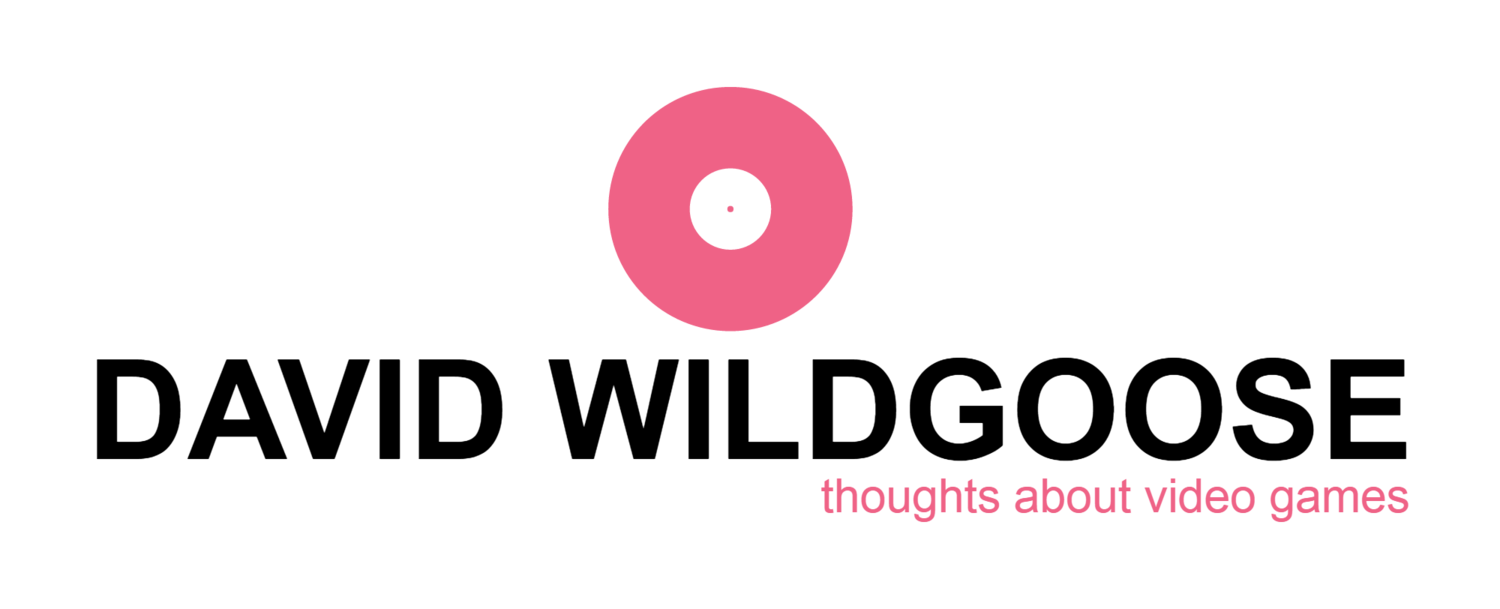Yonder: The Cloud Catcher Chronicles review
I thought Yonder would give me a sword.
My inventory comprised a hammer, an axe, a pick, a scythe, even a fishing rod. But my scabbard was empty, my sword hand flexing anxiously without a blade to wrap its fingers around.
Yonder looks, for all the world, like a third-person action-RPG in the vein of The Legend of Zelda or Fable or a toddler-ised Darksiders. It looks like the kind of game that has you trekking across a fantasy countryside, running quests for hapless villagers who stand around all day and night patiently waiting for you to solve their problems, and hacking and slashing whatever nefarious creatures get in your way.
So where on earth was my sword?
Turns out Yonder isn’t that kind of game at all.
What might be used as weapons in another action-RPG are all granted more mundane utility here. The hammer is used to break boulders down into chunks of stone and to smash crates in order to collect the materials within. The axe is used to chop down trees, turning them into bits of wood. The pick allows you to mine various types of ore from the sliver-like veins found running across rocky surfaces. The scythe cuts through long grass. The fishing rod, uh… actually does kill fish, though this shouldn’t suggest that there are in fact nefarious creatures dwelling underwater.
Yonder is instead a game almost entirely about crafting.
But first it begins with a shipwreck. You wake up in a cave on an island, your crew seemingly vanished. After encountering a fairylike creature you embark on a quest to save the land of Gemea from the “evil murk” that has infested its eight environmentally distinct regions. The local Gemeans greet you as their saviour and are all-too-willing to give you tips on how to beat back the murk as long as you run some errands for them first.
There’s Theodore over in Goldlake who wants you to catch him a nackle fish. There’s Marina who needs you to deliver her enough stone so she can reopen the East Docks. There’s Hugh in Fairmont who teaches you how to make a bundle of sticks by combining three sticks and some vine. Teagin Gabardine, the master tailor, will help you craft some new sails for your ship if you can just bring back some giant moth silk. And then there’s Lion-Maned Jess who’ll show you how to craft a buttaberry blower and lace fish into a haberdashery, which in turn you combine with a tailor’s kit (made from twine and wood), some silk, cloth and dye to make yourself a brand new basic tunic.
Early on you’ll inherit a farm near the village of Fairmont. You can upgrade it with animal pens in which you’ll house various creatures you’ve befriended out in the wilds. I lured a groffle there with the promise of celium seeds and it repaid such kindness with a continuous supply of groffle milk that I could use to trade for other items and, uh… groffle poop that I had to scoop up every time I revisited my farmstead.
Every quest tends to involve travelling to a remote location, fetching something for someone, crafting something for someone, or travelling somewhere to fetch something then using it to craft something for someone. You’ll join various guilds in your travels, each of which specialises in a specific crafting profession - from carpentry to tailoring via cooking, tinkering and brewing. As you progress through the guilds, you’ll unlock new crafting recipes which, in turn, allow you to deliver more complex items to the demanding villagers.
Pushing you through all this crafting and collecting is the ever-present murk. It acts like a gating mechanism: collect enough sprites hidden in the world and you can clear the murk and restore life to Gemea. It’s a simple progression system, but it works well to keep you eager to poke around looking for more sprites and more murky areas.
Yonder isn’t challenging in an action game sense. Instead what it demands from you is the ability to read a map in order to navigate its world while also remembering where to find its dozens upon dozens of crafting materials. Part of this is due to the map only showing a quest’s final destination and not the route you need to take. You’ll know, for example, that you need to get to that village in the middle of a mountain, but you’ll spend a considerable amount of time exploring the area until you find the path that actually takes you there. If you expect thorough waypoints you’ll likely feel frustrated here. But if you do enjoy mapping a location in your mind and learning the best routes to take as you backtrack across the land, there’s a lot you’ll find to be satisfying.
It could do with some more polish in its presentation, especially in the way it delivers its story. When you talk to an NPC the camera auto-centres on their face but doesn’t take into account nearby objects. As a result, I’ve had more than one conversation with, for example, a fence instead of the person standing next to the fence. Also, quests can often start and end with little fanfare, either failing to convey why you now need to collect five eggs or forgetting to let you know what you received in return for handing over those five eggs.
It’ll be interesting to see what the developers add to Yonder over the coming months. Updates that add some polish and more crafting recipes would be welcome. What I hope they don’t do is add a sword. You don’t need one.
This article was first published in PC PowerPlay.
